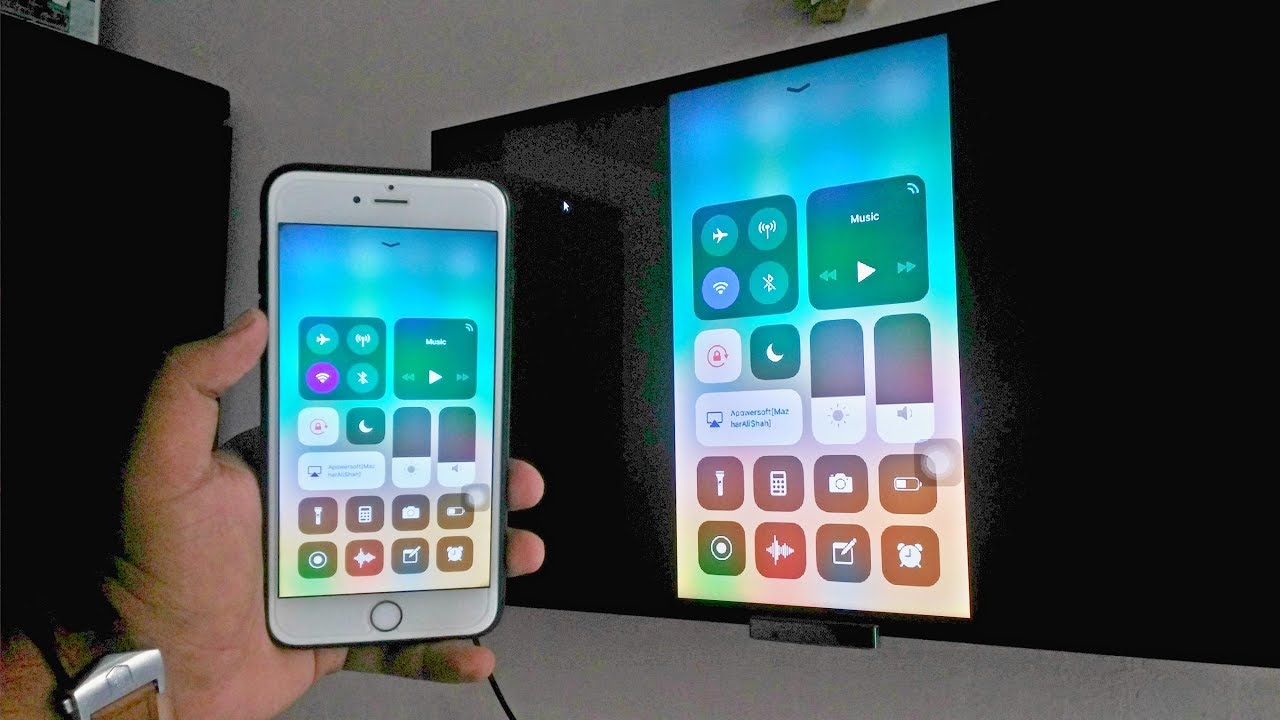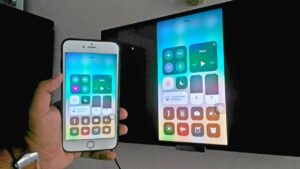
Are you wondering whether your Screen Mirroring is On? In this blog post, we will discuss how to know if your device is screen mirroring and some tips to help you troubleshoot any issues you may be having. It is easy, and you will know how; just stick with this tutorial till the end to find out how.
We’ll also go over the different tools you can use to mirror your device’s screen and the advantages of each. By the end of this post, you’ll have a better understanding of how to tell if your device is screen mirroring and how to make sure it runs smoothly. So let’s get started!

What is screen mirroring?
Screen mirroring is a feature that allows you to view the screen of one device on the screen of another. Screen mirroring, for example, can be used to display the screen of your smartphone or laptop on a bigger display, such as a TV or projector.
Screen mirroring, often known as “screen casting” or “screen sharing,” is a common feature on a variety of devices. Although you should not mistake it for ara.apple.com which is responsible for sharing an Apple screen with an apple agent alone. Though Apple still has this feature to share your device’s screen on another device or monitor
Why it’s Important to Know if Screen Mirroring is On
It’s critical to understand whether screen mirroring is enabled, especially if you’re transmitting sensitive information. Screen mirroring allows others to view what’s on your device’s screen, which can be problematic in terms of privacy. It is critical to turn off screen mirroring when discussing sensitive information such as financial data, personal messages, or confidential company information. Also, screen mirroring can drain a lot of battery power, so turn it off when not in use.
What Is the Process of Screen Mirroring?
Screen mirroring, sharing, or casting works by connecting your device to the display wirelessly. Wi-Fi, Bluetooth, and Chromecast are all technologies that can be used for screen mirroring. When you enable screen mirroring, your device transmits a wireless signal to the display, which displays the screen of your device.
How to Check whether Screen Mirroring is Enabled
Depending on the device, there are numerous ways to determine if screen mirroring is enabled. Here are a few of the most prevalent approaches:
- When screen mirroring is enabled, the notification panel on Android devices will display a “Screen Mirroring” icon. Swipe down from the top of the screen to open the notification panel. You should see two rectangles, one in front and the other at the back enabled.
- When screen mirroring is enabled, the Control Center on iOS devices will display a “Screen Mirroring” icon. Swipe up from the bottom of the screen to open the Control Center.
- Examine the Display: Looking at the monitor is the most obvious way to see if screen mirroring is enabled. If your device’s screen is being displayed on a larger display, then screen mirroring is on.
- Examine the settings: Certain devices, such as smart TVs or streaming players, will include a settings menu that shows whether screen mirroring is enabled or off. Screen mirroring should be enabled in the settings menu.
- Employ a Third-Party App: There are various third-party apps available to help you determine whether screen mirroring is enabled. When screen mirroring is enabled, the “Mirroring360” app for iOS and Android, for example, will display a notification.
How to Secure Screen Mirroring
There are numerous steps you may take to ensure the security of screen mirroring:
- Use a Secure Wi-Fi Network: Screen mirroring works by connecting your device to the display over a wireless connection. It’s critical to use a secure Wi-Fi network to keep your connection safe from hackers.
- While not in use, turn off screen mirroring. Because screen mirroring can drain a lot of battery power, it’s vital to turn it off when not in use.
- Password Protection: You can enable password protection for screen mirroring on some devices. This can aid in ensuring that only authorized users connect.
- Restrict Screen Mirroring Access: Certain devices, such as Smart TVs, allow you to restrict screen mirroring access. This can aid in ensuring that only authorized users can connect to the device.
- Employ a VPN: If you’re using screen mirroring over the internet, a virtual private network (VPN) is essential for encrypting your data and protecting your privacy.
- Be Careful of Your Surroundings: If you’re utilizing screen mirroring in public, be aware of your surroundings and make sure no one is looking at your screen.
Can I Screen mirror Remotely?
Yes, remote screen mirroring is feasible. Remote screen mirroring allows you to share the screen of your device with someone who is not physically there. Remote screen mirroring can be accomplished using a variety of methods and technologies.
Remote desktop software is one method for remotely mirroring a screen. Access and control a remote computer or device from another computer or device using remote desktop software. Many remote desktop software solutions provide screen sharing and mirroring capabilities, allowing you to remotely share your device’s screen. TeamViewer, AnyDesk, and RemotePC are some popular remote desktop software options.
Another option for remote screen mirroring is to use cloud-based screen-sharing tools. Cloud-based screen-sharing solutions enable you to share the screen of your device with others via the internet. Zoom, Google Meet, and Microsoft Teams are some popular cloud-based screen-sharing solutions. These services allow you to share your screen in real-time with others and work on tasks remotely.
Conclusion
Screen mirroring is a valuable function that allows you to share the screen of your device on a larger display. Yet, knowing if screen mirroring is enabled is critical, especially if you’re transmitting sensitive information. Checking the notification panel or control center, gazing at the display, or using a third-party app are all ways to see if screen mirroring is enabled. You can keep your screen mirroring safe and secure by following some basic security precautions.





Leave a Reply